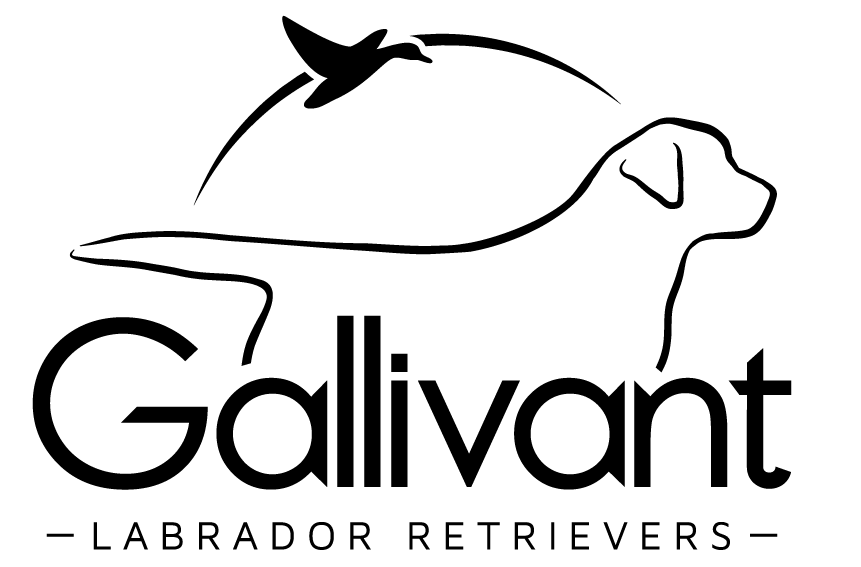Apartment-Friendly Ways to Stimulate Your Dog
Many dog owners don’t have the luxury of a spacious backyard or convenient outdoor spaces for exercising and stimulating their dogs. This is especially true for those living in large apartment complexes in bustling cities like New York, where finding the time and space to meet your dog’s needs can feel exhausting. A bored dog will often resort to entertaining themselves in less-than-ideal ways, leaving you to come home to chewed-up shoes, ruined furniture, or a garbage disaster. Fortunately, there are countless ways to engage both your dog’s mind and body indoors!
Hide and Seek
Playing hide and seek can be just as exciting for you as it is for your dog! Start by having your pup in a “sit” and “stay,” or ask another person to hold them while you hide. Once you're out of sight, call your dog’s name to encourage them to find you. This game is a fantastic way to engage your dog’s mind and body, tapping into their natural instincts as they use their nose to track you down. Begin with easy hiding spots and gradually increase the difficulty as your dog masters the game. Celebrate each time your dog finds you, and you’ll find that hide and seek easily becomes a favourite game for your dog and family alike!
Enrichment toys
Enrichment toys, such as puzzle games, provide excellent mental stimulation for your dog. You might be surprised to find that 15 minutes of solving a puzzle can tire your dog just as much as a 45-minute walk! These toys, whether store-bought or DIY, challenge your dog to figure out how to access a hidden treat, often by sliding pieces or triggering mechanisms that dispense rewards. Some breeds and individual dogs may master puzzles faster than others, so experiment with different types to find what works for your dog.
Indoor Fetch
Using soft, lightweight toys allows for safe indoor fetch without the worry of damaging windows, TVs, or furniture. To make it more engaging, try tossing the toy so your dog has to navigate obstacles like couches, tables, or even a half-wall before retrieving it. This adds a fun challenge while minimizing the risk of sudden twists and turns that could strain your dog's joints. You can also add a layer of mental stimulation by incorporating commands. Have your dog wait before retrieving the toy or teach them to hold onto it until you give a release command like “drop,” “give,” or “release.” This combination of physical and mental exercise keeps your dog happy and engaged!
Entertaining Your Dog Through Food
Even something as routine as feeding your dog can double as a mental workout, engaging their mind and nose in ways that satisfy their natural instincts. Dogs have inherited a strong drive to forage and work for their meals, a trait passed down from their wolf ancestors. While modern dog owners can't offer the same opportunities for hunting or scavenging, we can replicate these activities in creative ways. Tools like lick mats and slow feeders encourage your dog to problem-solve and work for their food, helping them feel more fulfilled after eating. You can also create fun challenges by hiding their kibble in a bundled towel or blanket, prompting your dog to figure out how to unravel it. Simple activities like scattering their meal in the grass or using a foraging mat (also known as a snuffle mat) further tap into their instinct to sniff and search. Additionally, these methods not only stimulate your dog mentally but also help slow down their eating, promoting better digestion.
Teaching Your Dog Tricks and Simple Commands
Training your dog is a great way to mentally stimulate them, strengthen your bond, and ensure a more harmonious life together. Begin by rewarding your dog for focusing on you, such as maintaining eye contact and not getting easily distracted. Once they’ve mastered this, you can move on to basic commands like “sit,” “down,” and “stay.” Afterward, you can introduce more advanced tricks like “shake,” “roll over,” or “play dead.” You teach your dog a command by demonstrating the behaviour you want your dog to do, such as making them sit by raising a treat above their head, which makes their eyes follow the treat and naturally lower themselves into a sitting position. Once they naturally assume the position, pair the action with the verbal command, and reward them immediately and generously when they respond correctly. Patience and consistency are key, and with these, your dog can learn a wide range of commands and tricks!
Nose-work
You might be familiar with nose work from military or police K-9 units, where dogs are trained to detect explosives, narcotics, or even cadavers. However, you can teach your dog similar skills at home by introducing them to more manageable scents, such as essential oils. Engaging your dog in “scent games” is a fun and stimulating way to tap into their natural sniffing abilities. One simple game involves placing a few drops of essential oil on a cotton swab, then sealing it inside a small glass container. Hold the container in one hand and a treat in the other. When your dog sniffs or interacts with the container, bring the treat over to reward them, helping them associate the scent with the positive reinforcement of a treat. As your dog catches on, you can introduce a command like “search.” Eventually, place the jar on the floor or another surface, give the “search” command, and reward your dog when they locate and signal the scent. Once they consistently alert to the scented container, the real fun begins! You can start hiding it around your home, encouraging your dog to use their nose to sniff it out and make each discovery a rewarding challenge.

